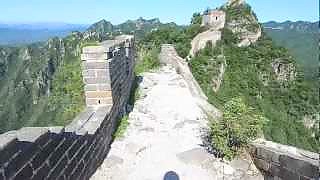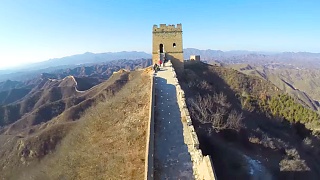 Dawn flight arrival in Kong Kong 香港 : lovely views – sky, islands, city …
Dawn flight arrival in Kong Kong 香港 : lovely views – sky, islands, city …
An awesome video; great scenes.
[640],shadow=true,start=,stop=
Related Videos
Featured Videos
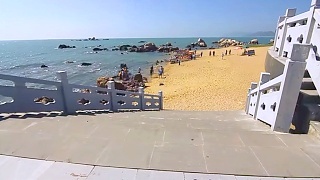
|
December 2013. From the tropical far south of China to the frozen far north, a temperature difference of around 50C in winter!
The Harbin International Snow and Ice Festival starts in early January. In 2014, the festival celebrated its 50th birthday and was bigger than ever. See the snow sculptures by day and the ice lantern structures by night. A winter wonderland :)
Runs to the end of February (approximately, weather dependent).
|
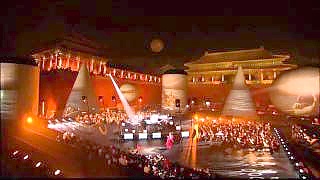
|
A flashback to October 2004 ...
|

|
XinTianDi ('New Heaven and Earth') is a delightful, up-market area partly based on renovated traditional mid-19th century ShiKuMen ('Stone Gate') houses and alleyways. Here you find boutiques, book stores, cafes and restaurants, hotels and shopping malls. Most of the cafes and restaurants feature both indoor and outdoor dining and are popular by day and by night.
|
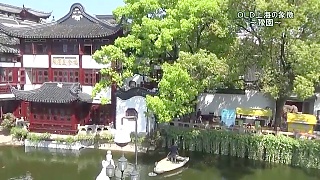
|
YuYuan Garden ...
XinTianDi ...
NanJing Road ...
The Bund (WaiTan) ...
|

|
Neither Russia nor China are warmongers, neither seek some kind of world domination, only protection; hegemony is very much only a fantasy of the West (the neo-feudal elites, not the people).
If either did not assist the other in time of war, they would go down soon after.
Russia has the nukes, China has the manpower and manufacturing. Only together can they withstand the imminent war.
On Roosevelt's notion of economic freedom - with The Gravel Institute ...
Meanwhile ...
|
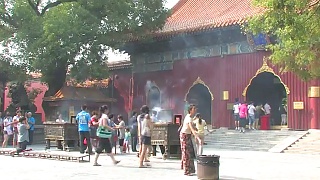
|
Filmed in the late summer of 2010.
|
Tag search ?


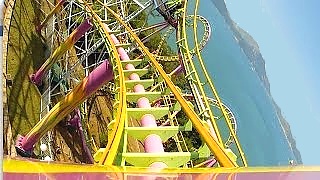



 Dawn flight arrival in Kong Kong 香港 : lovely views – sky, islands, city …
Dawn flight arrival in Kong Kong 香港 : lovely views – sky, islands, city …

